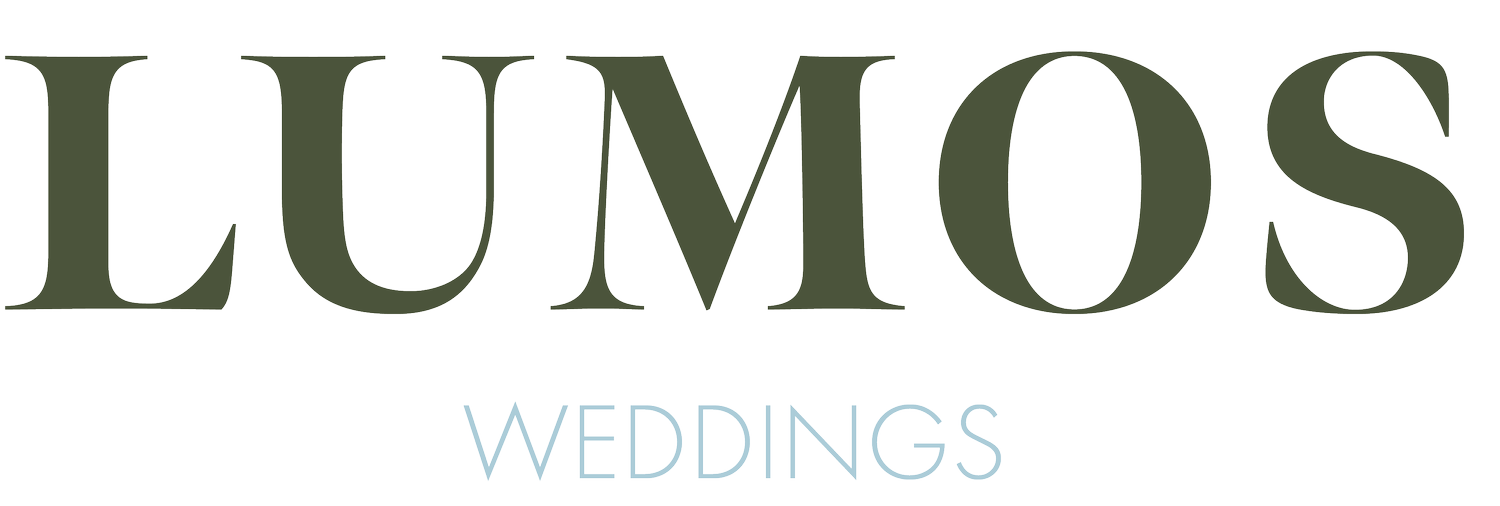Which style drone should you use for your film?
Rochester, New York.
Wedding Videographers use two primary types of drones, DJI and FPV drones. This article will help you tell the differences between the footage they produce and decide which one you should use.
Before reading this article, watch example footage here:
Let’s start with DJI drones. These are by far the most prevalent drones in the wedding filmmaking community. Although drones have been around for a really long time, DJI’s ease of use, affordability and overall quality of their drones, made drones accessible to the average filmmaker. Because of their popularity, however, drones have become ubiquitous within the wedding filmmaking industry. The use of drone footage is no longer novel.
Enter: FPV style drones
FPV stands for first person view, and they are called this because of the way you fly these types of drones. You wear VR goggles that are linked to the drone and you view the video feed from the drone.
The footage from FPV drones is much different that the traditional DJI drones. DJI Drones operate in a very linear manner, meaning they move through a scene on a stable flight path usually in one or maybe two directions. FPV on the other hand flys much more like a traditional aircraft and flys in many different directions.
Standard drones from DJI offer great cameras, with excellent color science. Their stability also allows users to capture stable establishing shots. Establishing shots are used to set the scene and let the viewer see where the scene is taking place.
FPV drones offer novelty, but lack in camera quality. The footage you could get under ideal lighting conditions can be extremely captivating. The cameras that fpv drones can support are less reliable under lighting conditions.
FPV Pros:
-Novel
-Can showcase landscape in a unique way
-great for high energy scenes and for tracking.
-great for getting in tight spaces.
FPV cons:
-Not good at capturing stable “Establishing” shots
-Camera quality (good in good light, not good in bad light)
-flight time (only lasts 4 minutes per flight which limits what can be done)
Which do I recommend?
I recommend both! It depends on your specific day, but when there is the opportunity, you should leverage both of their strengths to make the best film possible.
Thanks for reading. If you have any questions or comments, you can reach out here.
